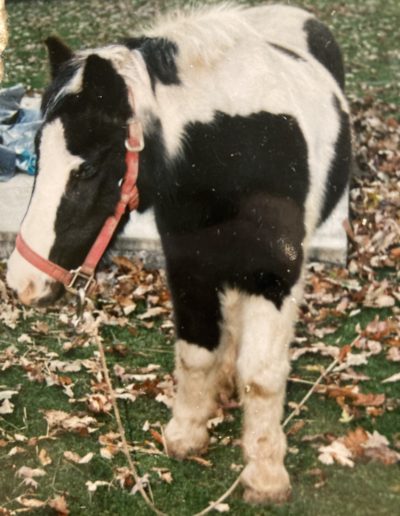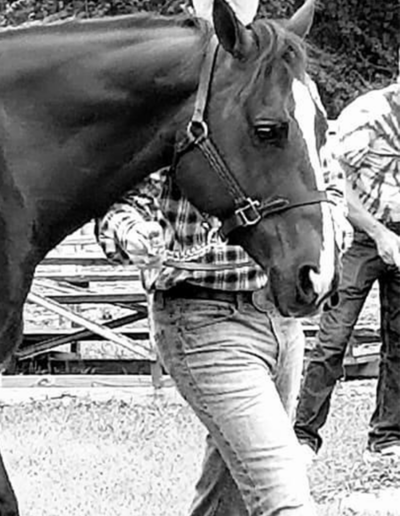Frequently Asked Questions (FAQ)
Is Euthanasia Painful?
Veterinarians provide an invaluable service to pet owners. They allow us to care for our pets in a way that is safe, humane, and painless. One of the most difficult decisions a pet owner can make is whether or not to euthanize their pet. While it is certainly a difficult and emotional decision, it is important to remember that veterinary services can provide euthanasia in a way that is not painful for the pet. The veterinary team will work with you to ensure that your pet is comfortable and pain-free during the procedure, and they will give you all the support and resources you need to make the best decision for your pet.
When is it time?
As a veterinarian, I am often asked the question, “When is it time?”. This is a difficult time for pet owners, and I am always honored to be able to help.
There are many veterinary services that can be provided at the end of life, and I will work with the owner to determine which are best for their pet. These services may include pain management, euthanasia, or simply providing support during the final days.
No matter what services are provided, my goal is always to ensure that the pet is as comfortable as possible and that the owner has the information and support they need.
End of life care is an important part of veterinary medicine, and I am grateful to be able to provide it and support pet owners on the journey of saying goodbye.
Download our assessment: Quality of Life Scale
What are the signs that "it is time"?
When a pet owner has to make the decision to euthanize their beloved animal companion, it is never an easy choice. However, there are certain signs that may indicate that it is time to consider veterinary services. If a pet is no longer eating or drinking and has no interest in food or water, this may be a sign that they are ready to go. Similarly, if a pet is no longer able to move around or stand on their own, this may also be an indication that they are suffering and ready to be euthanized. Of course, every pet is different and these are just general guidelines. Ultimately, the decision of whether or not to euthanize a pet should be made by the owner in consultation with their veterinarian
How will I know if euthanasia is the right decision for my pet?
As a caring veterinary professional, I often get asked how pet owners will know if euthanasia is the right decision for their furry friend. It’s a difficult question to answer, as there is no one-size-fits-all answer. However, there are some general guidelines that may help you make this decision.
First and foremost, it is important to consult with your veterinarian. They will be able to assess your pet’s overall health and quality of life, and give you their professional opinion on whether or not euthanasia is the right option.
It is also important to consider your pet’s quality of life. If they are in pain or experiencing a lot of suffering, then euthanasia may be the kindest option. However, if they are still able to enjoy life and spend time with their loved ones, then you may want to consider other options.
Ultimately, the decision of whether or not to euthanize a pet is a personal one. There is no right or wrong answer, and only you can decide what is best for your pet.
Can I be with my pet as they cross over the rainbow bridge?
It’s perfectly understandable for pet owners to want to be with their animals when they are euthanized. Typical euthanasias are typically performed in a veterinary clinic or hospital, which can be unfamiliar and impersonal surroundings.
Being with your pet during this difficult time, in your home environtment, can provide comfort and support.
Veterinary staff are trained to make the process as gentle and peaceful as possible for both the pet and owner.
What options do we have if our pet starts exhibiting challenging behaviors like urinating outside the litter box, and under what circumstances might euthanasia be considered?
Please note: Angel Wings Vet Service does not perform behavioral euthanasias.
When a pet begins to show challenging behaviors such as urinating outside the litter box, it can be stressful for both the pet and the family. Our first step is to thoroughly assess the situation, understanding that such behaviors can be symptoms of underlying health issues or environmental stressors. We recommend a comprehensive veterinary examination to rule out any medical causes, followed by a discussion on behavioral modification, environmental changes, and possibly consulting with a pet behaviorist.
Our practice is dedicated to supporting pet owners through education and compassionate care, exploring all avenues to address and manage behavioral challenges. We believe in working together to find solutions that improve the quality of life for your pet and restore harmony to your home.
In extremely rare cases, when all other options have been exhausted, and if the pet’s quality of life is significantly compromised without a feasible path to improvement, euthanasia may be considered as a last resort. Such decisions are made with heavy hearts and involve careful, compassionate discussions about the pet’s overall well-being, focusing on the dignity and quality of life of the animal.
Why choose in-home euthanasia?
What to expect during an in-home euthanasia?
Upon the vet’s arrival, an owner can expect any questions or concerns about the euthanasia process to be addressed. Once the owner is comfortable, paperwork will be signed granting permission to proceed, and payment will be collected. This ensures that the remainder of the visit can be focused entirely on you and your pet.
Next, a pain-relieving injection that induces sedation will be administered, allowing your pet to peacefully drift off to sleep before the final injection is given. As your pet falls asleep, you may notice deep breathing or twitching, which are natural responses to the sedation. A second and final injection will be gently administered after ensuring that your pet is deeply asleep. This injection will allow your pet to pass away pain-free. The vet will then assess your pet to confirm their passing.
Any additional time you would like to spend with your beloved pet is encouraged and welcomed at this time. If desired, a fur clipping and paw print can be collected and given to you as a keepsake. If you choose group or private cremation, your pet will be respectfully transported. In the case of private cremation, your pet’s ashes will be returned to you unless other arrangements are made. Finally, your primary veterinarian will be notified of your pet’s passing to update their clinic records.
Why should I choose euthanasia vs. a natural death?
Euthanasia allows you to let your beloved pet slip away gently, with dignity and peace. You have the opportunity to set up a predetermined time and location, allowing any family members and friends to be present. In some cases, natural death can result in additional suffering and pain for the pet. Moreover, natural death can bring extra stress and anxiety for those surrounding the pet’s passing due to the potential suffering that can occur when “nature takes its course.”
How long does the euthanasia process take?
A typical euthanasia process takes about 1/2 hour to an hour after the vet’s arrival. Overall, you and your pet can proceed at a pace that matches your comfort level.
What preparations does the owner need to make?
Some owners prepare the atmosphere with candles and music. If your pet has a favorite spot in the house or yard where they feel comfortable, that can be the predetermined location for the process. Additionally, if the owner would like to have family members, friends, children, or other pets present during this time, they are welcomed.
What are the aftercare arrangements available after the euthanasia is performed?
The aftercare arrangement options include choosing a special spot to bury your pet, such as a favorite place in the yard, or planting a tree or bush in their memory. Alternatively, if you choose private or group cremation, your pet will be respectfully transported by the veterinarian after the euthanasia process. Private cremation includes having your pet’s ashes returned to you.
How far in advance do I need to make an appointment?
Appointments can be made as far in advance as the owner feels is necessary. Although same-day euthanasias can be performed, especially in unfortunate emergency situations, a 24-hour notice is recommended. Emergency euthanasia will be determined at the veterinarian’s discretion.




